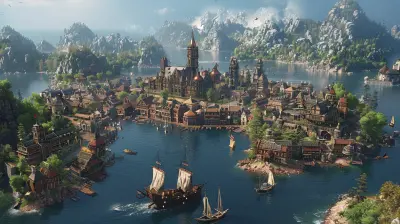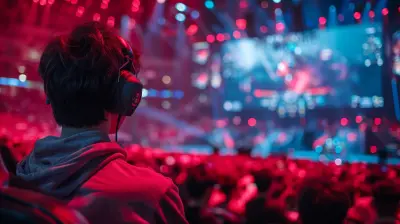Why JRPGs Are Still Going Strong in a World of Real-Time Combat
14 July 2025
Let’s be real for a sec—gaming today is all about speed. Fast reflexes, twitchy fingers, and real-time chaos. With action-packed combat systems dominating everything from FPS to ARPGs, you’d think traditional turn-based Japanese Role-Playing Games (JRPGs) would’ve faded into the background, right? But nope. Against all odds, JRPGs are still here, still thriving, and they’re not going anywhere.
So what's the deal? Why do gamers still flock to turn-based battles, anime-inspired casts, and emotionally driven stories when they’ve got lightning-fast combat systems available at every turn? That’s exactly what we’re diving into.
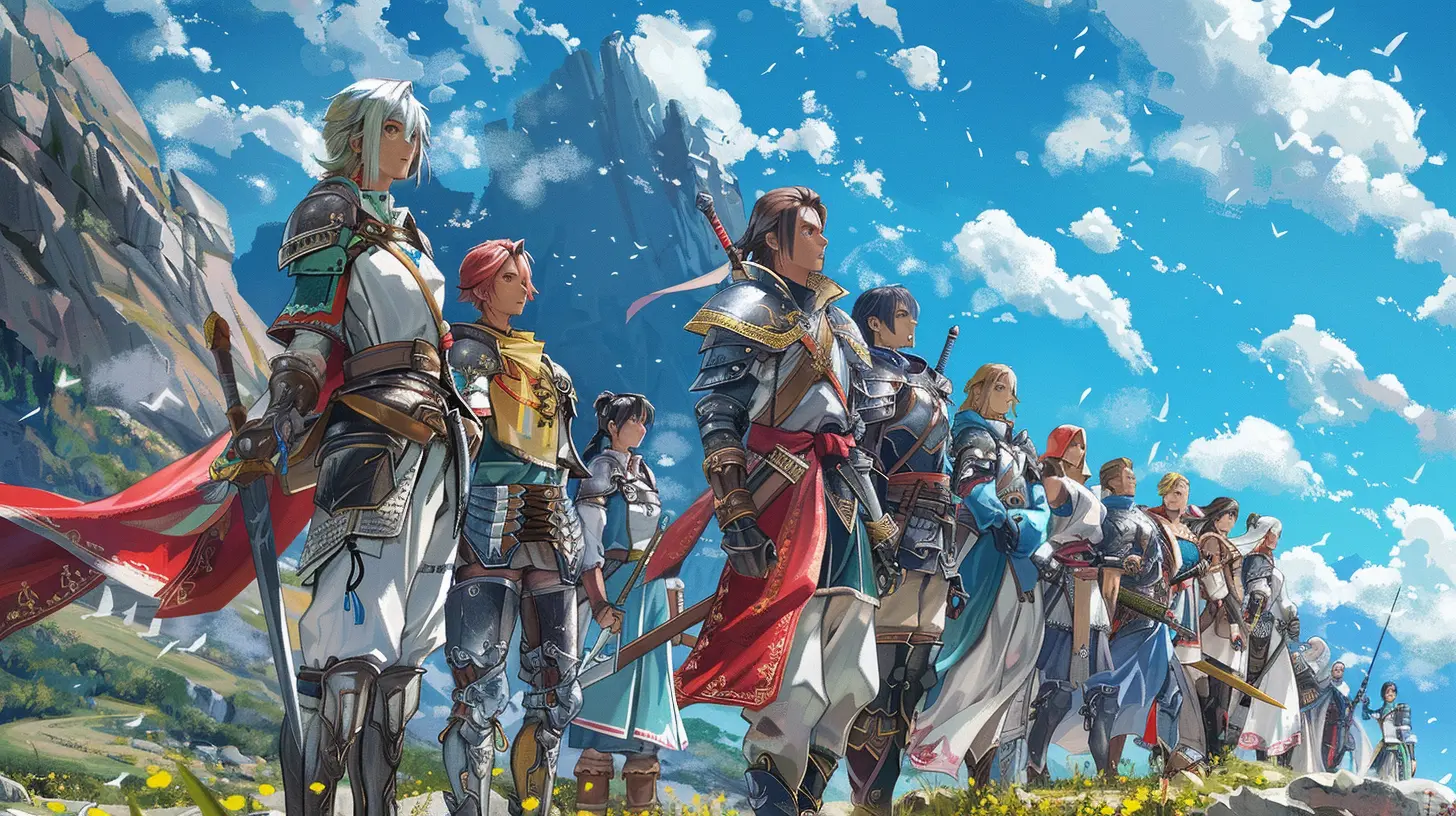
The Timeless Magic of JRPGs
Nostalgia That Hits Right in the Feels
Let’s kick things off with the big one—nostalgia. For many of us, JRPGs were our first deep dive into gaming worlds that felt truly epic. We grew up with classics like Final Fantasy VII, Chrono Trigger, Persona 3, and Dragon Quest. Those games didn’t just entertain us—they shaped us.And with each new entry or remaster, these memories come rushing back. It’s like hearing your favorite song from high school. It just hits different. JRPGs have an emotional legacy that real-time combat can't always match.
Story-First Experience
If you’ve played a JRPG, you know the real power lies in its storytelling. Unlike many action games that put story in the backseat, JRPGs go full Spielberg. And let’s face it—we love a good plot twist.With dozens (sometimes hundreds) of hours of dialogue, cutscenes, and worldbuilding, JRPGs pull you in like a Netflix binge session you can’t quit. Whether it's a ragtag group saving the world from a god-like being or a deep dive into mental health and identity (looking at you, Persona 5), these games know how to tell a story.
Strategic Combat That Makes You Think
In a world obsessed with real-time action, JRPGs make you pause. Literally. One of their core appeals is turn-based combat, where strategy trumps speed. There's something oddly satisfying about planning your next move with the precision of a chess master. Buffs, debuffs, elemental weaknesses—JRPGs make combat cerebral.Don’t get me wrong, I love a good hack-and-slash session. But sometimes, it’s nice to slow it down and really think. That dopamine hit from landing the perfect combo with your party? Chef’s kiss.
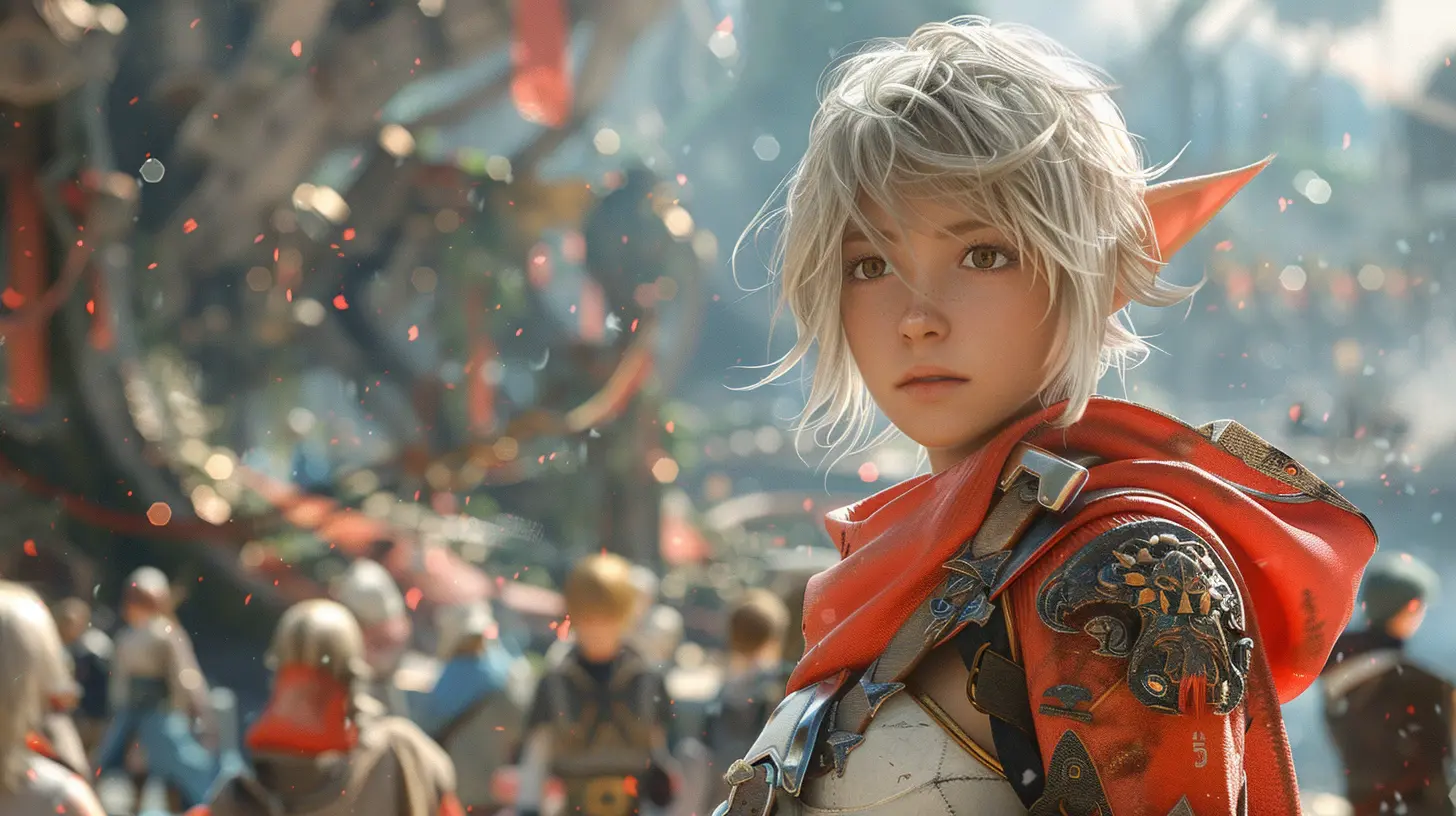
Character-Driven Gameplay
Building Bonds Beyond the Battlefield
Here’s the thing—JRPGs don’t just throw you into a world and say, “Go nuts.” They introduce characters you grow to love (or love to hate). You form bonds, learn their backstories, and watch them evolve. Remember when Aerith... yeah, we all remember.Games like Tales of Arise, Fire Emblem: Three Houses, and Xenoblade Chronicles go beyond the usual protagonist-antagonist dynamic. These games are character studies. And when you care about your party, every battle feels more meaningful.
Customization Galore
Another big win for JRPGs? The insane level of customization. You don’t just level up—you BUILD your characters. From skill trees to gear loadouts to relationship choices, it’s all about making the game yours. Plus, let’s not forget dressing your crew in ridiculous (but stylish) outfits.It’s a layer of complexity and immersion real-time games often skip in favor of faster pacing. But in JRPGs? It’s baked right in.
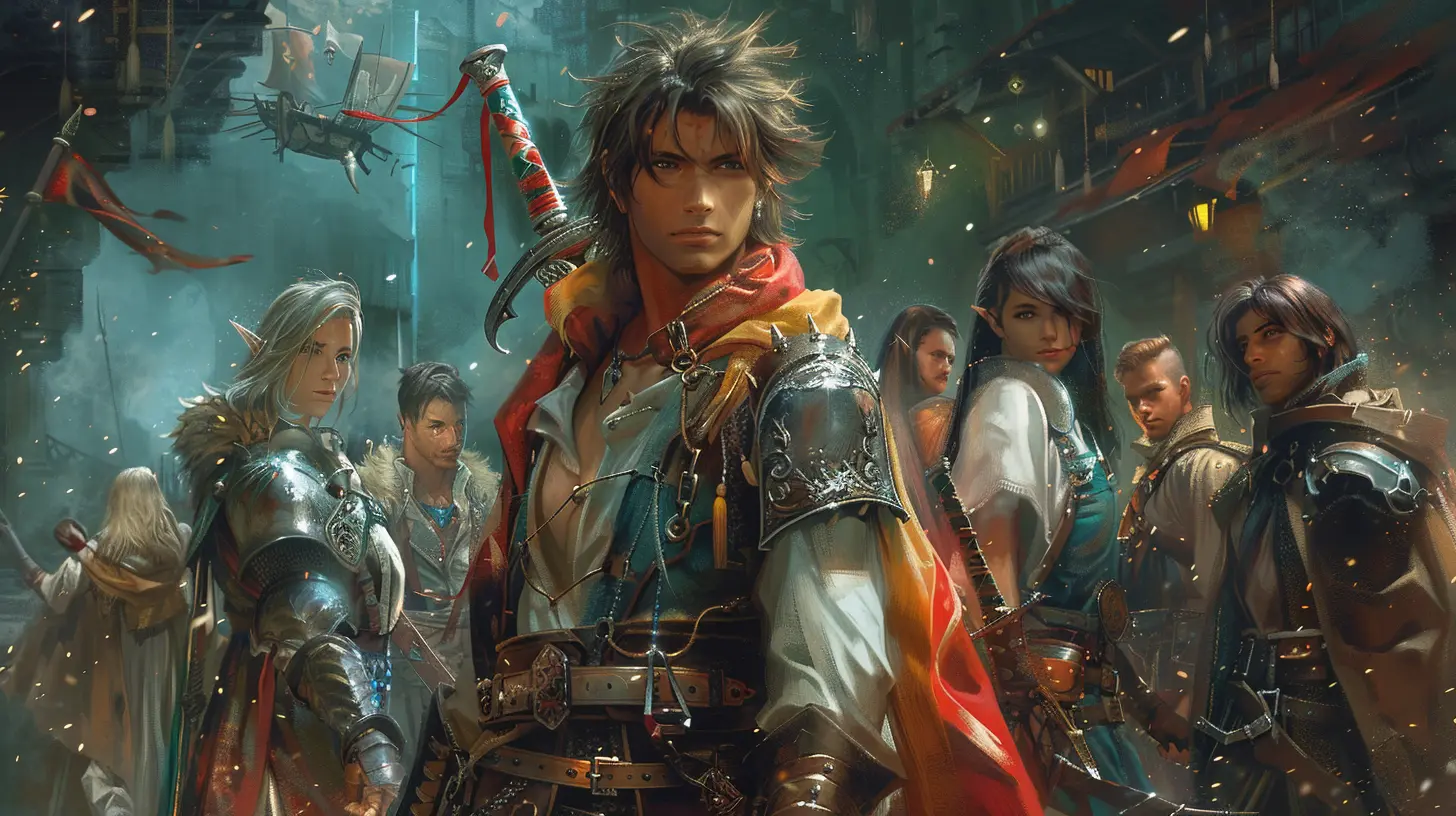
Evolution Within Tradition
Hybrid Systems: The Best of Both Worlds
Now, don’t get it twisted—JRPGs aren't stuck in the past. The genre has evolved in some amazing ways. Many modern titles blend traditional turn-based systems with real-time elements to spice things up.Take Final Fantasy VII Remake, for example. It’s a masterclass in hybrid combat. You’ve got real-time movement, but you pause the action to access menus and unleash abilities. The result? A perfect balance between brain and brawn.
Games like Persona 5 Royal streamline the traditional turn-based system to feel snappy and modern. It’s still strategic—but without all the waiting.
High Production Values
JRPGs today? They look and sound phenomenal. We’re talking beautiful anime-style graphics, sweeping orchestral scores, and voice acting that brings the whole world to life. Titles like Octopath Traveler II and Triangle Strategy prove that you don’t need photorealism to immerse players.That's the secret sauce—JRPGs have found ways to keep their roots intact while leveling up in all the right places.
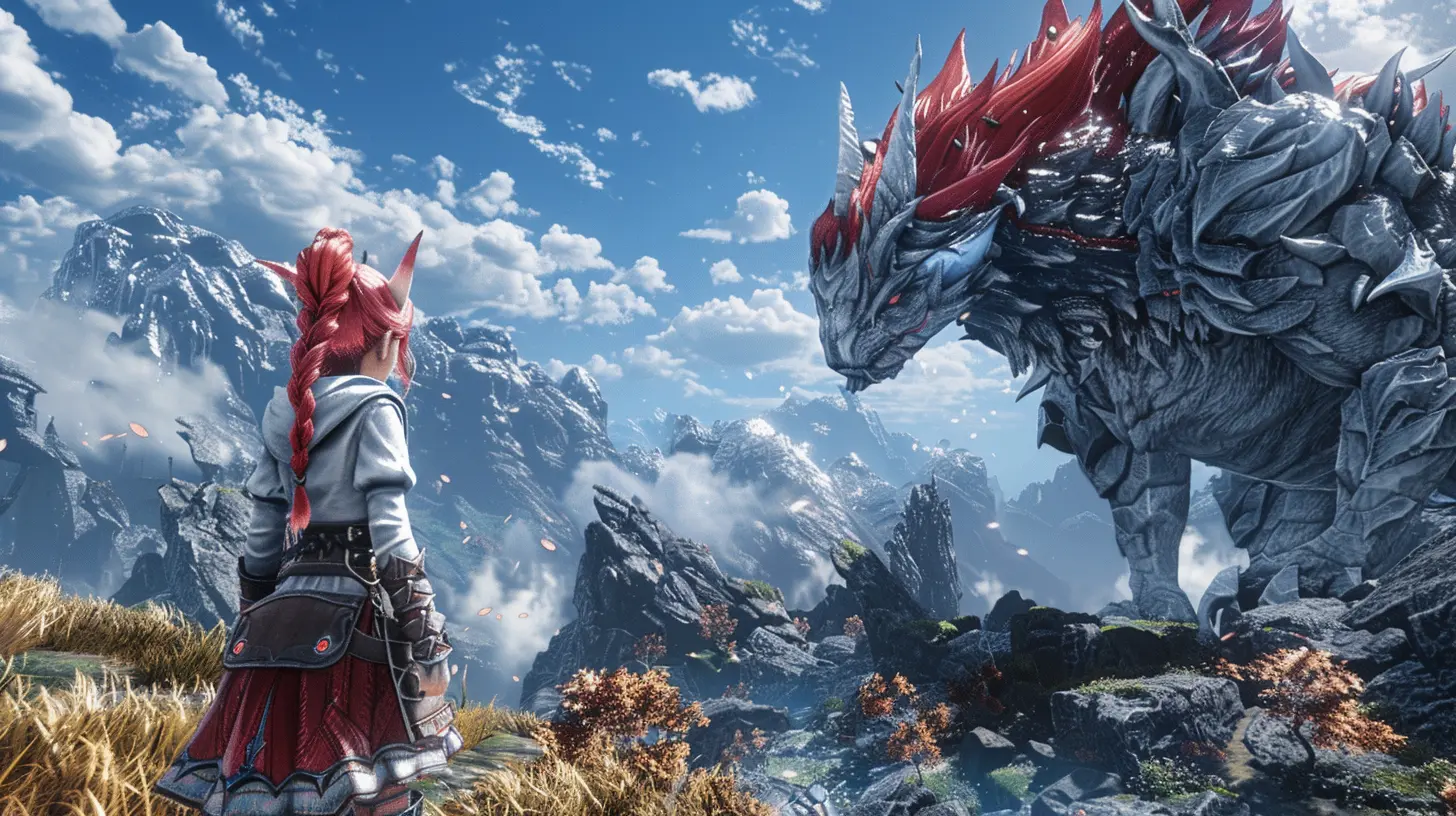
The Indie JRPG Boom
A New Wave of Retro Awesomeness
You know what's wild? Indie developers are breathing new life into classic JRPG formulas. Games like Chained Echoes, Sea of Stars, and Eiyuden Chronicle: Hundred Heroes are love letters to the genre.These devs aren’t just mimicking what worked—they’re innovating. And because they’re not tied down by AAA studio expectations, they take creative risks. Think unique art styles, unconventional mechanics, and themes that feel fresh but still familiar.
Community and Crowdfunding
One major shift we’re seeing is how these games come to life. Fan demand is sky-high, and platforms like Kickstarter are proving there's a rabid player base hungry for throwback-style JRPGs. When nearly a million bucks gets thrown at a pixel-art JRPG in a matter of days, you know the genre’s still got major pull.Not Everyone Wants to Be a Twitch God
Accessibility and Chill Vibes
Let’s be real—not all of us want to spend our gaming hours getting clapped by hyper-aggressive AI or sweating through frame-perfect parries. Sometimes, you just want to vibe.JRPGs offer that slower, more methodical pace. It’s less about how fast your fingers are and more about how you manage your party, gear, and strategy. They’re welcoming. They don’t punish you for not being a superhuman. In fact, they encourage you to take your time.
For gamers who want to unwind with a good story and satisfying progression? It’s the perfect genre.
Portable Powerhouses
Thanks to the rise of handhelds and hybrid consoles like the Nintendo Switch and Steam Deck, JRPGs are more accessible than ever. There's something magical about journeying through a vibrant fantasy world while curled up on your couch or commuting to work.Games like Bravely Default, Dragon Quest XI S, and Live A Live are tailor-made for portable play. And let's be honest—JRPGs just feel right on a handheld.
The Power of Fandom
Passionate Communities
JRPG fans are a special breed. We don’t just play the games—we live them. Forums, fan art, cosplay, deep-dive YouTube essays—we go all in. Honestly, it’s like being in a fandom for your favorite anime series.This connected community helps fuel the genre’s longevity. When you can share theories, swap party builds, or debate which Persona is best (it’s Makoto, don't @ me), it adds a whole new layer to the experience.
Modding and Replayability
Let’s not forget how replayable JRPGs are. With New Game Plus modes, alternate endings, secret bosses, and achievement hunts, one playthrough is rarely the end. And for PC gamers? Modding communities take things even further with quality-of-life improvements, fan translations, and even entire overhauls.JRPGs in the AAA Landscape
Still Pulling Major Numbers
Even with real-time action dominating the mainstream, JRPGs aren’t exactly niche anymore. Persona 5 Royal, Final Fantasy XVI, and Tales of Arise all enjoyed record-breaking sales. These aren't just "cult classics"—they're big hitters.Developers see this, and they’re doubling down. With gorgeous graphics, modern UI, and hybrid systems, JRPGs are getting the spotlight treatment they deserve.
Global Appeal
Back in the day, JRPGs were mostly a Japan thing. Now? They're international blockbusters. Thanks to better localization, global marketing, and the overall rise of anime culture, the genre is more accessible than ever.Games launch worldwide on the same day, with full voice acting in multiple languages. It’s a different era, and JRPGs are more inclusive and global than they've ever been.
Final Thoughts: The Genre That Refuses to Die
So, why are JRPGs still going strong in a world of real-time combat? Because they offer something different. Something timeless. Something human.They tap into our love for good stories, memorable characters, and strategic gameplay. They let us take our time, dive deep, and connect with a world—not just react to it.
In a gaming world that’s speeding up by the second, JRPGs are a reminder that sometimes the best adventures are the ones you savor, not sprint through.
And as long as players crave stories, strategy, and heart? JRPGs will always have a seat at the table.
all images in this post were generated using AI tools
Category:
JrpgsAuthor:

Audrey McGhee
Discussion
rate this article
2 comments
Carson Hill
In timeless tales and turn-based dreams, JRPGs weave magic where strategy gleams.
October 11, 2025 at 4:52 AM

Audrey McGhee
Thank you! JRPGs offer a unique blend of strategic depth and rich storytelling that resonates with players, proving there's still a strong demand for turn-based gameplay in today's gaming landscape.
Fletcher Hardy
Great insights! JRPGs' depth and storytelling truly set them apart in modern gaming.
July 19, 2025 at 5:13 PM

Audrey McGhee
Thank you! I'm glad you enjoyed the insights on JRPGs and their unique storytelling. They truly have a special place in the gaming landscape!
